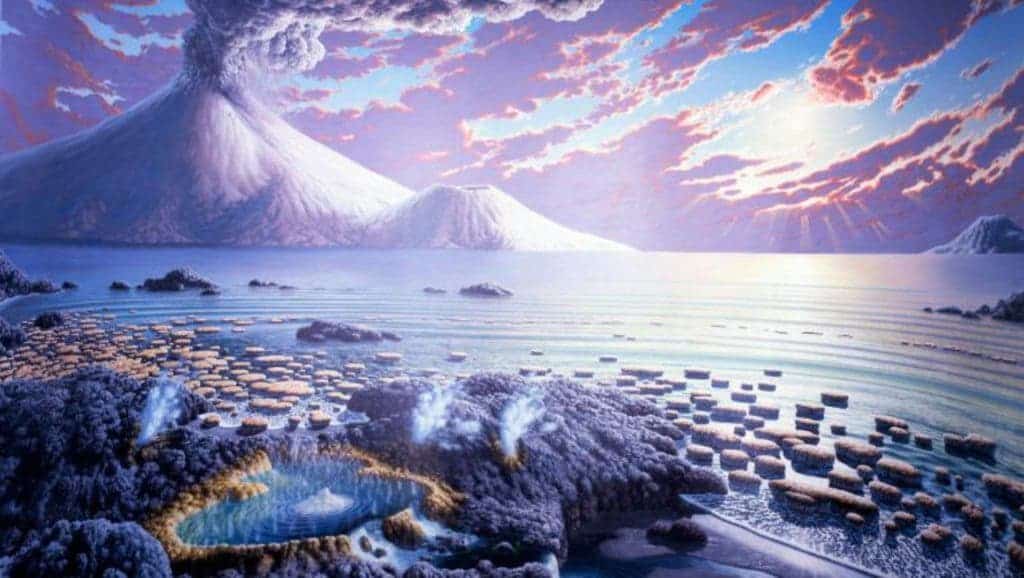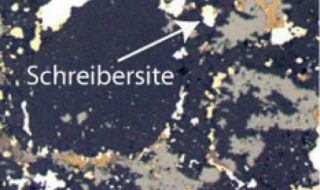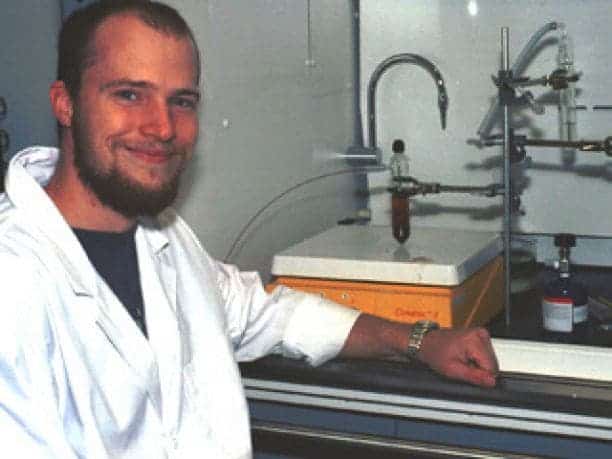
Life on this planet has been remarkable in its ability to diverge into so many directions. Plants, bacteria, blue whales, triceratops, tardigrades, humans. But all of these millions of species of life — some expired, others still around — are built from the same six essential elemental ingredients: carbon, hydrogen, nitrogen, oxygen, phosphorus and sulfur. Some of these elements were here from the very beginning when the planet formed its crust. The origin of at least one of these critical elements for life, phosphorus, is still very debatable though. Was it always here or did it arrive later ferried by meteorites and other cosmic bodies which impacted the ancient Earth? A new research seems to point to the latter conclusion, and how they got there is interesting — to say the least.
Connecting the dots
Phosphorus, the 11th most common element on earth, is essential for the creation of DNA, cell membranes, and for bone and teeth formation in humans. It is vital for food production since it is one of three nutrients (nitrogen, potassium and phosphorus) used in commercial fertilizer. Phosphorus cannot be manufactured or destroyed, and there is no substitute or synthetic version of it available.
For all its life bearing properties, though, the vast majority of phosphorus on Earth is in the form of inert phosphates which are insoluble in water and hence can’t react with organic molecules. How is it that something so essential and ubiquitous in biochemistry is so rare in Earth’s crust?

One possible explanation might lie in schreibersite [(Fe, Ni)3P], a mineral commonly found in meteorites ranging from chondrites to stony-iron pallasites. In 2004, Matthew Pasek, then an astrobiologist and geochemist from the University of South Florida, proposed that this mineral could be the original source of life-forming phosphorus. That’s because schreibersite contains a phosphorus ion bounded to a metal, hence it’s more reactive.
This hypothesis has been very difficult to test, however. Naturally-formed schreibersite is very difficult to source or expensive if bought from private meteorite collectors. So, Pasek and colleagues decided its best to synthesize it.
Natural schreibersite is made of iron, phosphorus and nickel, but most experiments use a synthetic schreibersite that only has iron and phosphorus. This variation is easily sourced as a byproduct of iron manufacturing.
Previously, scientists found that the mineral reactors with organics to form chemical bonds with oxygen — one of the first steps required for phosphorus’ integration in biological systems. This seems to validate Pasek’s hypothesis, however critics were quick to note that since it doesnt’ have nickel, there’s no cigar. Nickel, some claim, might alter the mineral’s chemistry and make it non-reactive.
Finally, Pasek and his colleagues at University of Arizona have addressed this criticism by developing a synthetic form of schreibersite that includes nickel, as described in a recent paper published in the journal Physical Chemistry Chemical Physics.
After exposing the nickel-rich mineral to water, phosphorus–oxygen (P–O) bonds formed on the surface of the schreibersite. Phosphorus bioavailability confirmed!

“Biological systems have a phosphorus atom surrounded by four oxygen atoms, so the first step is to put one oxygen atom and one phosphorous atom together in a single P–O bond,” Pasek explains.
Terry Kee, a geochemist at the University of Leeds and president of the Astrobiology Society of Britain, has conducted his own extensive work with schreibersite and, along with Pasek, is one of the original champions of the idea that it could be the source of life’s phosphorus.
“The bottom line of what [La Cruz and Pasek] have done is that it appears that this form of nickel-flavored synthetic schreibersite reacts pretty much the same as the previous synthetic form of schreibersite,” said Terry Kee, a geochemist at the University of Leeds and president of the Astrobiology Society of Britain, who was not involved in this study.
Pasek says meteorites would have impacted shallow pools of water that dotted ancient Earth. Subjected to evaporation and rehydration cycles, these pools would have offered the necessary conditions for the phosphorus to leach out of the mineral. Specifically, as the mineral dries, molecules join together into longer chains, but when the mineral is wet again the chains become mobile, bumping into other chains. When the pool dries out again, the chains bond and build ever larger structures.
“The reactions need to lose water in some way in order to build the molecules that make up life,” says Pasek. “If you have a long enough system with enough complex organics then, hypothetically, you could build longer and longer polymers to make bigger pieces of RNA. The idea is that at some point you might have enough RNA to begin to catalyze other reactions, starting a chain reaction that builds up to some sort of primitive biochemistry, but there’s still a lot of steps we don’t understand.”
We’re not done yet, though. Kee points out that besides meteorites, hydrothermal vents might also be a viable source. Research so far suggests that deep sea volcanic vents can produce iron-nickel alloys like awaruite. Though we haven’t yet, it’s possible some day we’ll discover schreibersite in some of these vents. Maybe, both sources worked together.
“If it could be shown that schreibersite can be produced in the conditions found in vents—and I think those conditions are highly conducive to forming schreibersite—then you’ve got the potential for a lot of interesting phosphorylation chemistry to take place,” says Kee.






